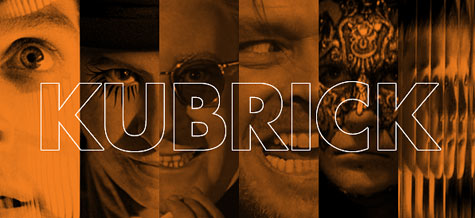This week I’m going to be revisiting Stanley Kubrick’s science-fiction/fantasy pictures. Over the course of Kubrick’s career, he contributed classics to many genres, from film noir (The Killing), to the historical epic (Spartacus), to war movies like Paths of Glory and Full Metal Jacket, to adaptations of classic literature like Vladimir Nabokov’s Lolita and Thackeray’s Barry Lyndon. His most lasting influence, though, would be on science fiction.
This week I’ll be covering each of those SFF-colored films in turn.
They are:
- The explicitly SF 2001: A Space Odyssey and A Clockwork Orange.
- The less obviously SF Dr. Strangelove: Or How I Learned To Stop Worrying And Love The Bomb.
- The not-SF but still supernaturally-themed The Shining (Kubrick’s most explicit foray into horror, although you could make a fairly decent case that the majority of everything he ever directed was, in some way or other, a horror movie.)
- Eyes Wide Shut, which isn’t SF at all unless you count the deleted scene where Tom Cruise stumbles through a TARDIS from 1920s Vienna to 1990s New York, the best explanation yet for his character’s naivete in that picture. And I most certainly do count that deleted imaginary scene.
- And, finally, the decidedly SF but not directed by Kubrick (though the project started with him and was eventually made by Steven Spielberg in Kubrick’s honor) A.I.: Artificial Intelligence.
Care to join me? We begin with Dr. Strangelove.
Danny Bowes is a playwright, filmmaker and blogger. He is also a contributor to nytheatre.com and Premiere.com.










